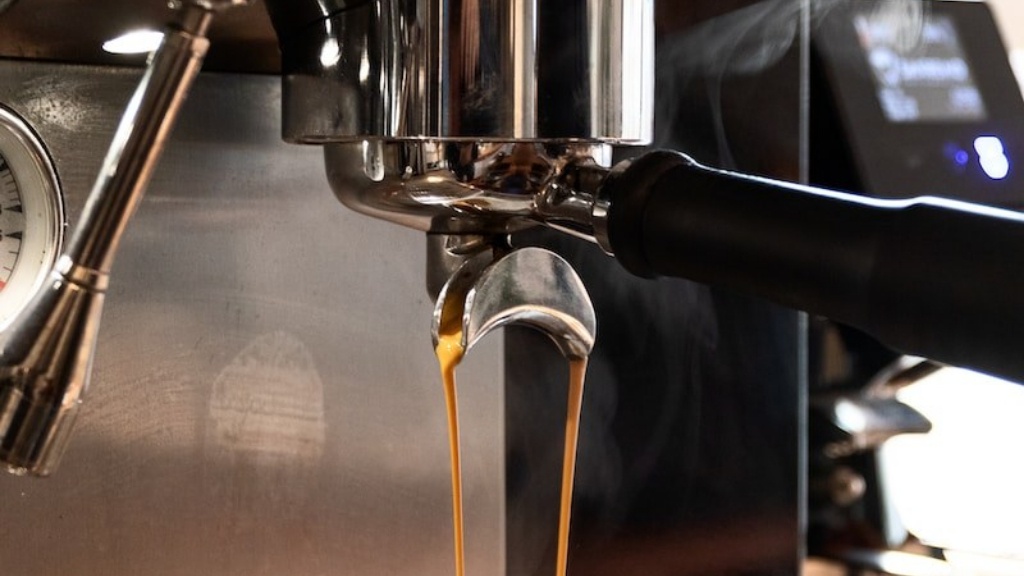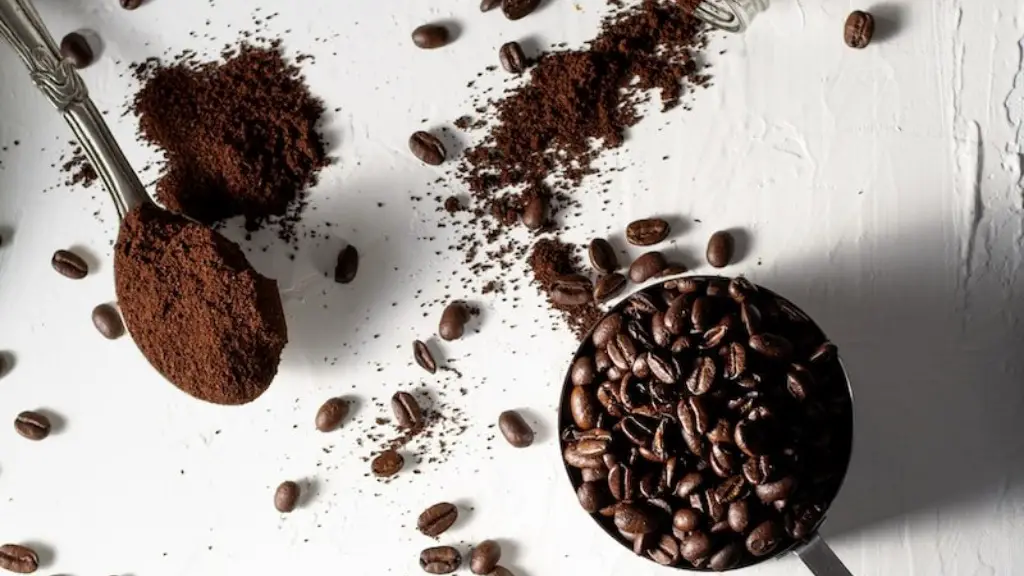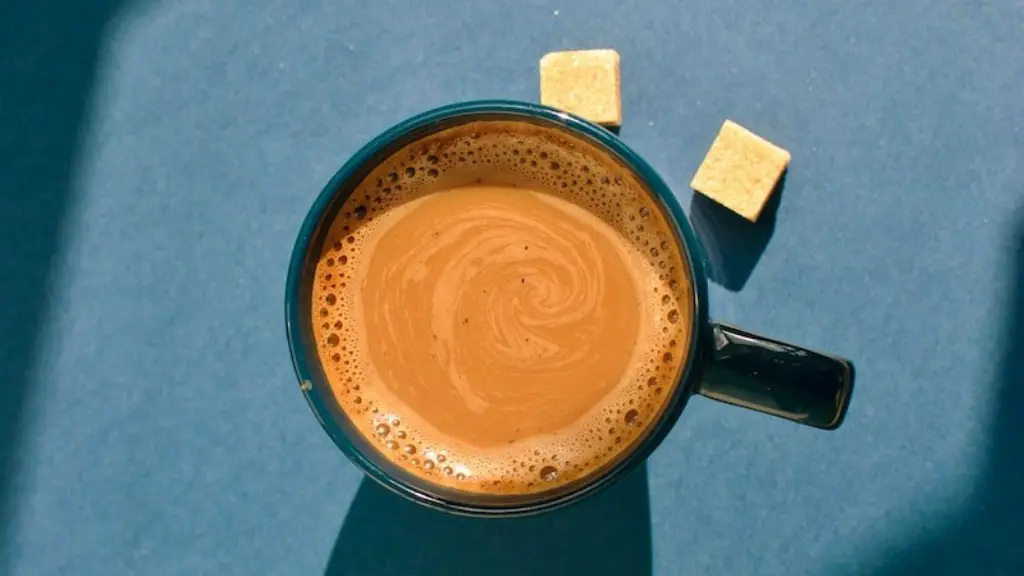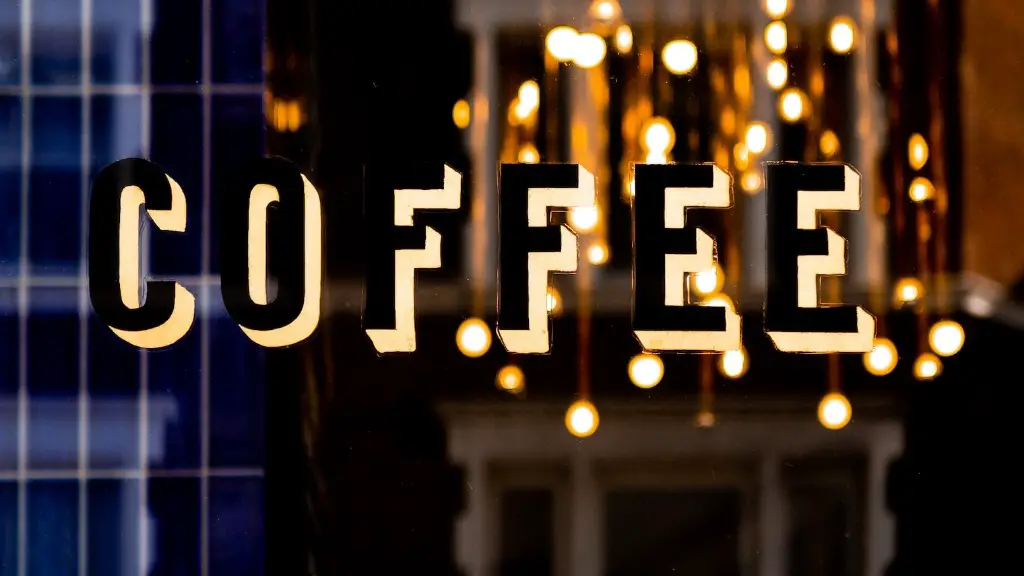History of Americans Drinking Coffee Everyday
Coffee has long been an essential part of the American drinking culture. It has long been associated with morning routines, a way to jumpstart the day. But, how many people are actually drinking coffee everyday and what inspired the morning ritual?
According to the National Coffee Association, 64% adults in the United States drank at least one cup of coffee daily as of 2018. That percentage is slightly down from the previous year, which was 68%. In addition, 41% of American adults drink at least three cups of coffee each day. Clearly, the number of people who are drinking coffee everyday is still quite substantial.
The trend of drinking coffee everyday was not only cemented by American adults, but also the habit spread down to the younger generations. According to the research firm Mintel, young adults aged 18-24 are now one of the biggest coffee-drinking groups, with over 50% of them consuming the beverage daily.
The habit of Americans drinking coffee everyday can be traced back to 1668, when the beverage was first introduced to the colonies as a pleasant tonic to perk up the spirits of New Englanders. From then on, coffee enjoyed a growing popularity in the colonies until the early 19th century, when the processes of churning out coffee in large volumes was improved.
The introduction of the coffeemaker machine in early 1819 played a key role in making coffee an essential part of the day in America. It was a much better alternative to the time consuming process of boiling coffee over an open flame. The first coffee shops in the 20th century also popularized coffee throughout the country.
Today, coffee has been readily available in almost any American home. Consumers also enjoy diverse options in coffee flavors, from lattes to cappuccino to espresso. Many coffee shops around the country also allow customers to make custom drinks, exhibiting the creativity of American coffee drinkers.
Coffee has also been seen as a form of comfort for many Americans. From providing motivation for those extra miles at work to easing stress for some during tough days, coffee has become more of a daily necessity now than a simple pleasure.
Coffee’s Impact on Health
Though its popularity in America has grown over the past centuries, it is not without consequences to its drinkers’ health. Given the high levels of caffeine in coffee, it has been known to cause anxiety and insomnia in some drinkers. It is recommended to consume coffee at least 6-8 hours before bedtime to avoid from serious health implications.
There is also much debate on the benefits of coffee for health. While some studies have suggested that consuming two to four cups a day can reduce the risk of cardiovascular diseases and type 2 diabetes, too much intake of coffee can have adverse effects on health.
Coffee has been known to exacerbate certain medical conditions like heartburn, ulcers, and hypertension. Studies have also suggested that consuming over 4 cups of coffee a day or over 200 mg of caffeine can increase the risk of miscarriage or birth defects.
Despite the debate, coffee has been generally regarded as a mild stimulant that can bring health benefits when consumed in moderation. There are several things to bear in mind when consuming coffee – like the type of coffee, how it’s brewed, and how much is consumed. All of these can have varying effects on its intensity and health benefits.
Economic Impact of Coffee Consumption
Given that coffee is extremely popular in America, it has had an important economic impact as well. Coffee consumption accounts for $40 billion of the country’s overall consumption, according to an industry report by Statista.
The report also suggests that the coffee industry supported over 1.6 million jobs in 2018, from baristas to shop owners. This resulted in the industry contributing $225 billion to the US economy.
The Atlantic suggests the high consumption of coffee in the U.S. has been attributed to the increased income of younger generations who are more likely to spend money on specialty coffee. Furthermore, the 2003 Starbucks IPO, which valued the company at $2 million, also increased public interest in the coffee industry and its potential as a ongoing financial investment.
In short, the increasing demand for coffee in America has exerted a very influential role in U.S. economic stability and innovation. Indeed, the economic forecast for the 2020s suggests that this trend will remain in play for the foreseeable future.
Environmental Impact of the Coffee Industry
The Eco-Atlas resources outline the various environmental costs associated with coffee production. The amount of water needed to produce a cup of coffee reaches up to 37 liters. As such, water pollution caused by the coffee industry is quite a large concern, as water sources are diverted and contaminated by the use of herbicides and pesticides.
In terms of the remaining products, 12 million tons of coffee grounds and spent filters are produced every year globally. Currently, this is not recycled, instead going straight to landfills. This can cause soil acidification, contamination by heavy metals, and other adverse effects to the environment.
However, the recent rise of both ecological projects and businesses within the industry has reduced those environmental costs quite significantly. Many organizations such as Grounds for Change, Cloud Forest Coffee, and the Reground Project are proactively working to reduce the environmental footprint of coffee production.
Coffee Market and Trends
The National Coffee Drinking Trends and the National Coffee Data Trends report suggest that the coffee market has shifted over time in terms of traffic and consumption. While people still heavily consume traditional brewed and espresso-based beverages, the market is becoming increasingly saturated with other varieties and products.
Cold brew, nitro coffee, bottled coffee, and even seasonal drinks such as pumpkin spice lattes are sprouting up in coffee shops across the country, continuously pushing the boundaries of coffee innovation.
Instant coffee has also presented a major convenience factor that has made coffee even more popular in recent years. Its accessibility, affordability, and brewing convenience has attracted coffee drinkers from all walks of life.
2020 should be an interesting year for the coffee industry, with the changing landscape of coffee consumption. With the rise of coffee shops, businesses, and jobs, coffee will continue to be an essential part of the daily American routine for the years to come.
Coffee Cooking Trend
Coffee has come a long way since the days of just being a morning pick-me-up. Innovative coffee chefs and bakers have created interesting recipes that make use of the unique flavors and aromas of coffee. Coffee recipes can range from breakfast smoothies to coffee-rubbed steaks or even salmon. Coffee-flavoured desserts have also become increasingly popular, such as coffee-flavoured ice cream and even coffee-infused chocolates.
In addition, coffee-based cocktails such as espresso martinis, Irish coffee, and Mocha White Russians are favored amongst cocktail enthusiasts. Many baristas are also experimenting with creative combinations of coffee and liquors, creating entirely new types of drinks.
This is further supported through the current “Third Wave” coffee movement, which advocates for the better roasting, brewing and appreciating of coffee. Baristas are now overseers of a movement to provide education, familiarity and appreciation of quality coffee.
Social Media and Coffee Trends
With the rise of social media platforms such as Instagram, coffee has made a very visible presence online. From pictures of ombre cappuccinos and ‘flat whites’ on Instagram to news stories and videos of coffee serving processes on YouTube, coffee is increasingly recognized in everyday social media life. Many coffeehouse chains and coffee producers have also taken to utilizing the Internet to carry out promotions and advertising.
In terms of coffee trends, there has been a continued surge in the growth of so-called “specialty” coffee. Specialty coffee is a type of coffee that is separated from large, commercial production and promoted as a handcrafted product made from 100% pure Arabica beans. Consumers are becoming increasingly attracted to the notion of handcrafted coffee, leading to the production of some of the most exotic and expensive coffee in the world.
The success of specialty coffee has also led to a higher demand for quality products. As such, coffee producers and retailers have to constantly come up with new and innovative products to stand out. This has resulted in specialty products that appeal to different tastes and lifestyles, and push the boundaries of coffee preparation.





